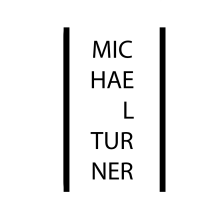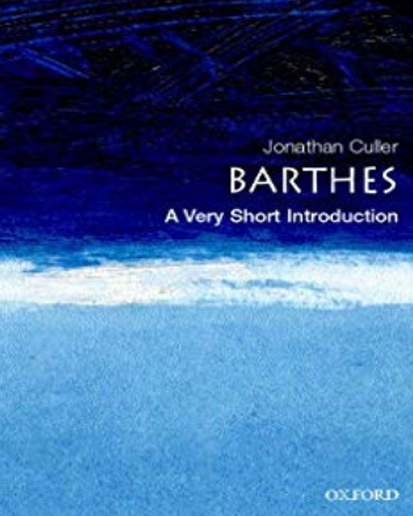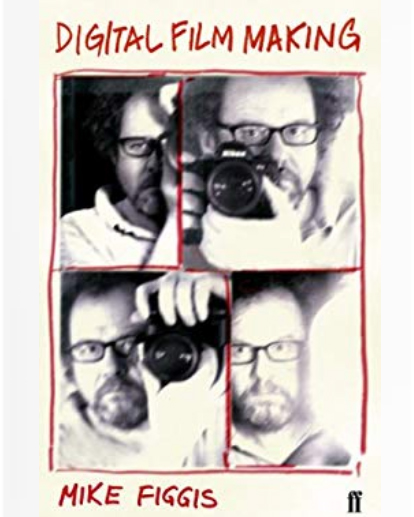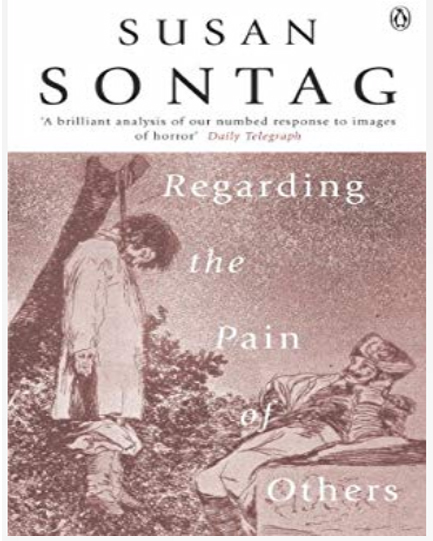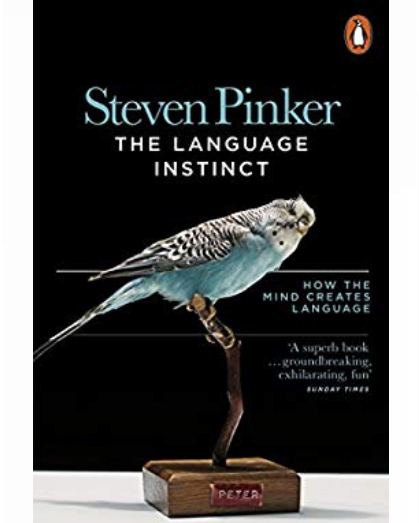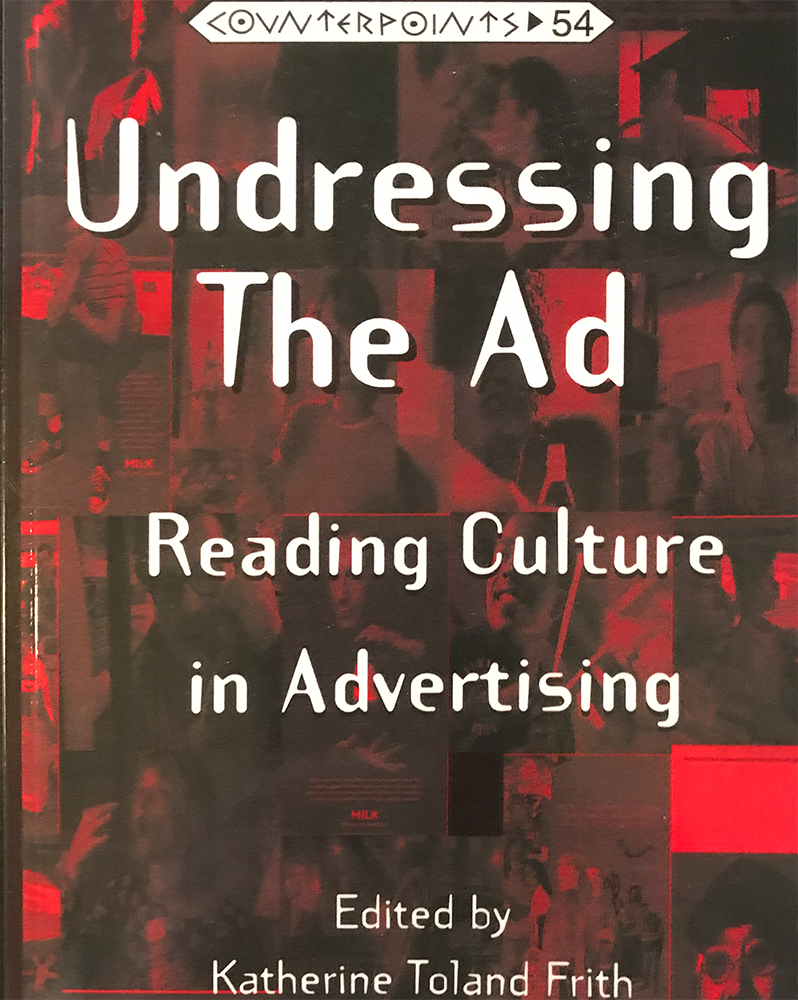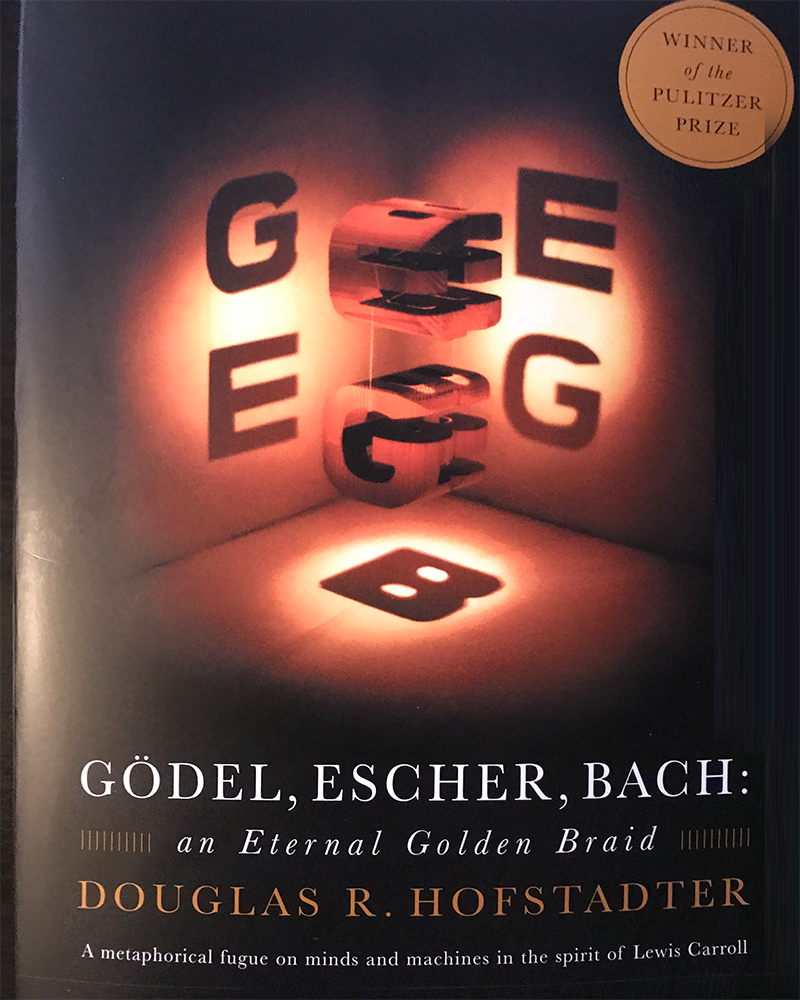Unbeknown to myself as author I was keeping two blog posts running on this topic. How can this even happen?! Anyway the other post can be found at the following WebPage URL.
Week 12
Social and cultural elements underpinning my work concern place and absence of persons related, the loss of able-bodied young men from a farming family. Outpouring withheld, those who remained quietly lived out their lives in peace.
Two things happened within the social structure: local migration, west to east; settlement within Burn’s poetic landscape; focus on a place of Christian adoption and fishing employment; early globalisation with travel reaching out to Canada, United States and India,
Themes exist within my practice and work expanded in Week 11 to cover an underlying basis of social connection based on biology represented as epigenesis. Here are the themes corresponding to the structure of my Critical Review and edit of my Work in Progress WIP Portfolio:
- Commemorative – somber mood
- Celebration of life – unseeing eye
- Faded memory
- Narrative – photogram and captioning
- Biology – epigenesis
I realise now I need to order this list and in the CR introduce these and us subheading to add structure at the outset then proceed having scoped this for the reader. No big surprises or unexplained diversions.
At present I improve contextualisation practice as all the learning and all the reading begin to take hold. My moments of realisation become intensified but deadlines do loom. Keeping a balance between assignments is paramount, acting before everything has sunk in better. Suddenly from a smouldering the course as experience has once more ignited and again engagement is on fire.
Week 11
In the past weeks (Week 5 to 10), experimental inputs have been included in my work motivated by portfolio creation rather than collection of single images. I return now to capture a new concept about making based on my philosophical research into life as represented by our healing glow. Perhaps what follows can be classified as wild idea or maybe free thinking. On this occasion instead of letting intuition have full reign I plan out the making steps ahead of time – a discipline encouraged by the existence of the blog. I have yet to make and see the visual result – it might not work out, let me see. Images created better be good or I will have wasted my time.

Poppies are Red 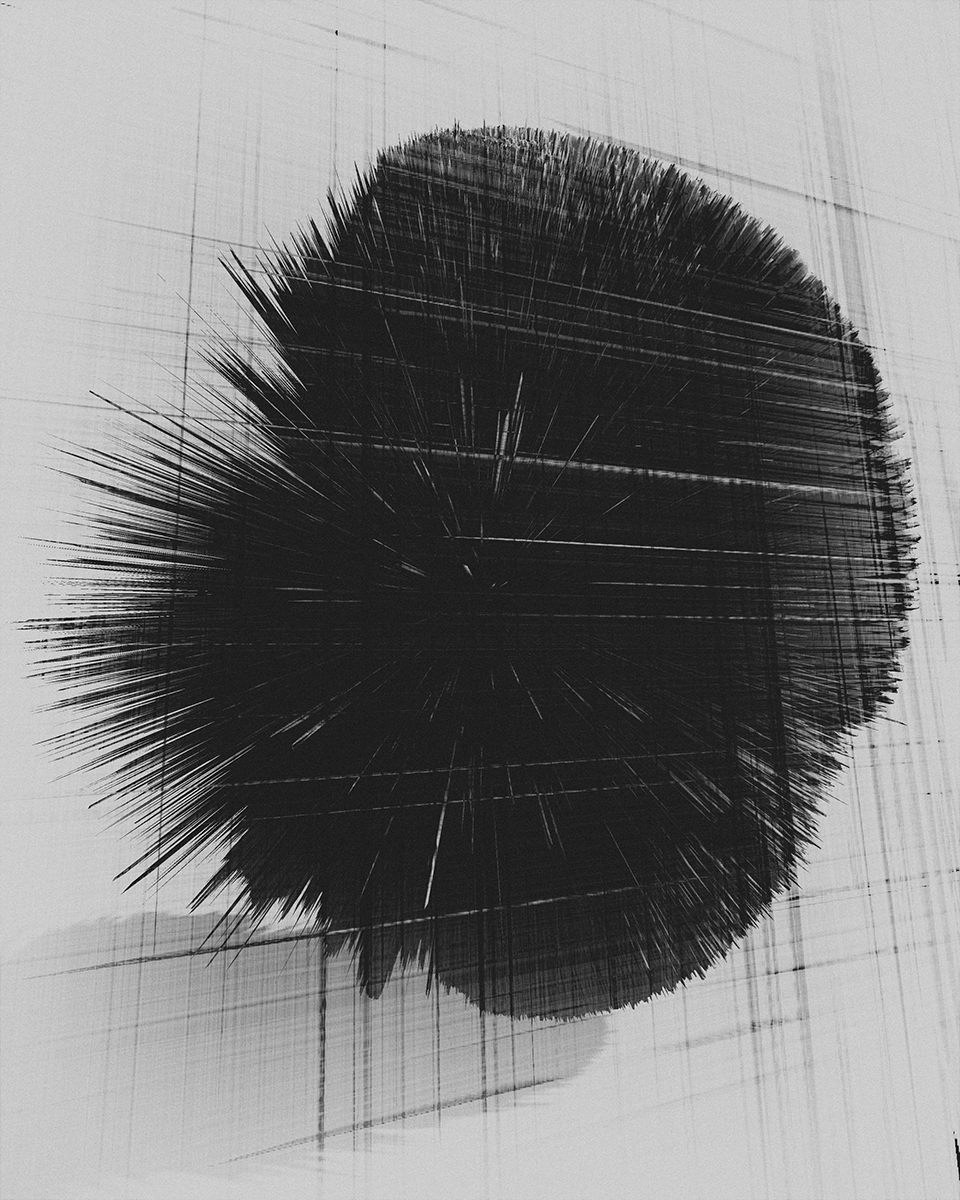
Poppies are Red? 
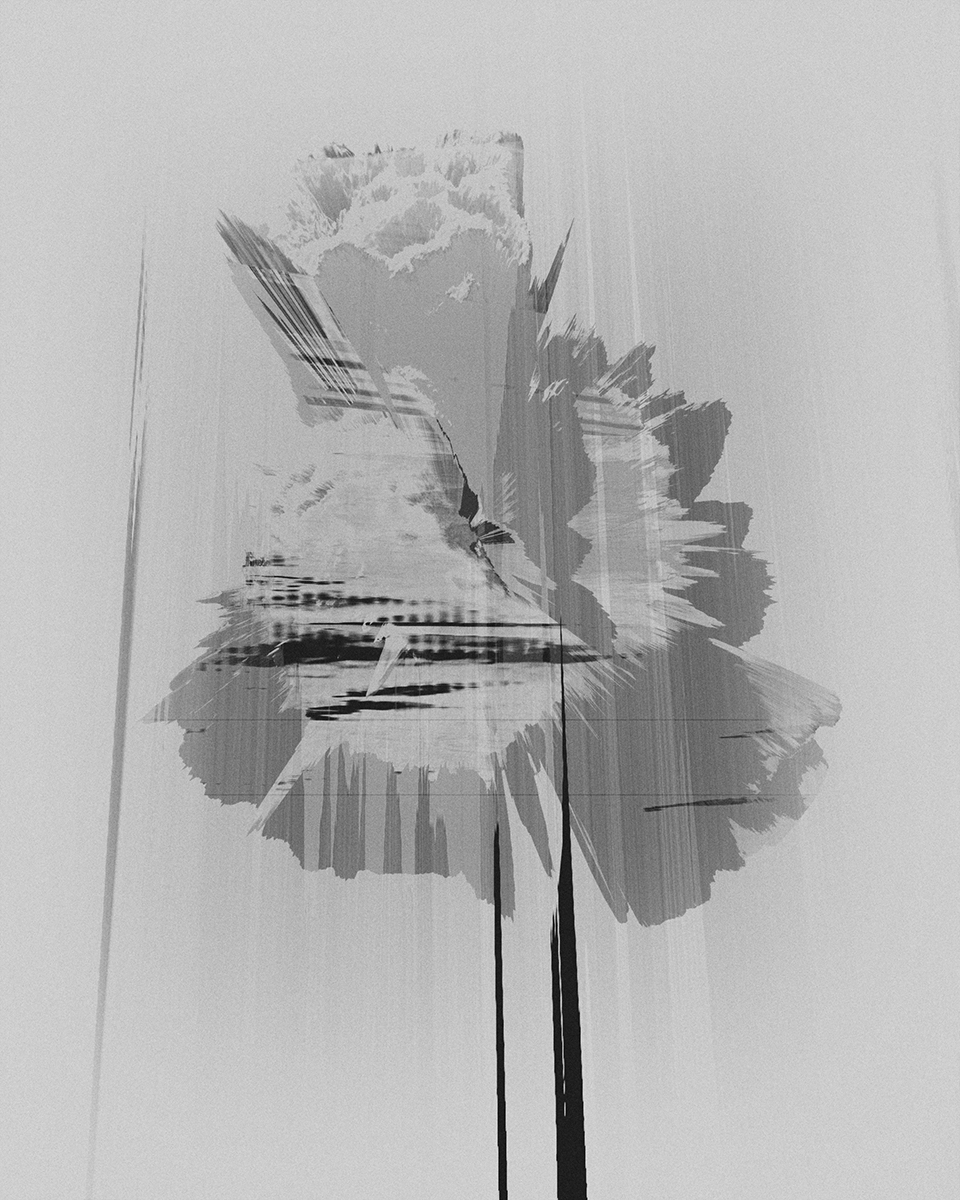

I’d be excited to experiment with an interchange between form and shape. I have it in mind to revisit some separate abstraction from the past and use it to stage the work. The reason for wanting to try this out is to extend the intent of taking photographic representation deplete or deconstruct it further. I capture glow and remove details but trace remains, and some viewers recognise it. So make a radial 3D image (I need to remember how I did this before). It is derived from the camera sensor. The end result is a 2D surface or print. In clinical terms there is a comparison between the images from an MRI scan built up in slices and the microscope sample as a single slice. I find that a little off-putting for some reason so will stick to my image making.
Image Deconstruction to Trace of Glow
- Normalise the colour balance (key to moving from single image to images that collocate), process in strips of 5 (I get two or three matching successes), processes out the distractions and emphasise the warmth and glow.
- Introduce a processing step into this beginning workflow. Translate the image into a radial 3D form as I’ve practiced in the past (as a sideline to a small worlds project).
- Conduct the invisible paint brush work and layering. A recent move here has been to introduce a high resolution tablet. There is better scope for artistry – I have to prove I’m capable. I know people who are and even though I love to collaborate I’d never convince them and besides, for now I insist on my own original work. Maybe after the MA I can collaborate.
These deconstructionist effects now disguise the trace but it is still there more as an emotional element that direct physical one. Some abstractionists maintain photographic trace. In philosophical terms, there is a metaphor here for epigenesis, that complex state of human development where the genotype (DNA) is converted into the phenotype (the physical organism that we become). So this is a nod to the complex bio/chemical transformation that no one in human endeavour has yet been able to map. The new making step, step 2 as deconstruction is maybe the reverse of human development phenotype back to genotype. Nevertheless it is metaphor of so called prosaic isomorphism. DNA strands do map to the physical as in family resemblance transmitted, hence the isomorphic. We can’t follow the mapping, but there has to be a map of some sort. That much established, if only it were prosaic – a dull process. Instead it is highly complex and full of obscuring details, overwhelmed by unknowns. Hence the exotic and so, the term exotic isomorphism.
I set this observation aside and concentrate on the craft of making a visual metaphor. There is scope to apply with Occam’s razor.
Light Transmission
Something that settled with me that I didn’t make explicit and that stared back at me after a face to face critique held in Falmouth, is to do with reflected light versus transmitted light.
It goes like this. From a photograph usually of a wound or marking, I go into the digital darkroom and do all my processing as transmitted light. This is where I get first evidence of glow. If I continue to work the image and try to be creative in introducing depth and marks then in that environment it is still transmitted light. Control is exercised over environmental lighting and screen calibration here.
Turning for a moment to the taking of the photograph. Again there is environment and much more controlled these days. A mix of external light and flash light directed at the subject do two things a) reflect from surface and b) penetrate the surface, pick up colour there, then reflect back at the lens. Then when there is a wound there is an additional concentration of blood supply infused into the damaged area as part of the repair. It feels warm to the touch and emits a glow. This later bit is what manages to sidestep the filter designed to cut out infra red from entering the camera sensor.
So you might ask, why not shoot with an IR conversion? Apart from not wanting to destroy a perfectly good camera and besides, which wavelength conversion should be selected – it is a bit left to chance. What I actually use is a natural blend of visible and IR in my picture aesthetic. Another development I’m starting is to use light metering to measure natural and flash exposure and obtain a measure of colour temperature.
So some photographic artists construct the sets of their images with weeks of effort. I’m starting down a clinical route of gaining consistency. It offers the possibility of tracking healing as other factors than the wound progress are eliminated or at least controlled. Do I really want to do this? Well, I don’t want to shut out the possibility.
Finally, if you follow all this, then it is only natural that the images sing in the context of a display monitor or light box I suppose. This becomes more readily apparent in comparing print to monitor. The monitor forces enough light through and with enough dynamic range to make an effective job of exhibiting.
That’s not to give up on the paper medium. It’s enough to get a result on display at the moment without diverting off into repeat printing on a vast range of paper types. I’m thinking metal print might be worth a go. I’ve no clue at present it being only 18 months from my being a print virgin, as they say, whoever they are.
Week 5 to 10
I’m not going to pretend that I updated project development, religiously each week. I got up a head of steam and set to in making progress. I return at the end of a burst of activity to reflect on developments.
In reverse or mixed order, order doesn’t matter here:
- Make hand drawn glyphs that emphasise symmetry and blend into the image. Symmetry is pleasing to the eye and helps disguise an inability to sketch to a high standard – my practice is more geometric than aesthetic. I let the camera provide the aesthetic input by pointing and framing. Symmetry is also metaphor for the double helix structure of DNA. Semiology through this introduction of signs is an aid to guiding the viewer to help them get some narrative from what might otherwise be a series of smudges or indefinite smokey forms with call and response captions.
- From the visit to the Institute of Photography I’d shot 35mm and 5 by 4 film and processed and scanned the films. I returned to digital and started to process strips of my digital images. Why? I always processed individual images and got widely varying results and now wanted to go beyond square crop as a link, to images processed together that have an increased likelihood of being able to collocate. This actually works quite well. I used to find as single image. maybe 1 in 6 would respond well to my actions. Now with consistent lighting and processing as strips I go on to produce 2 or three images that do go together each time. So far so good. In my portfolio, I have an established pattern of three images then blank to break the sequence and so on, so this production method works for me.
- I restarted image creation in Week 2 of the module and at first got decorative results. They were good – I thought so but in review I was being persuaded to the sombre style of Mark Rothko. I appreciate his work highly, and I gain a consistent look and feel from this but cant fully let go as I am conflicted by my intent of representing the fact that they (ancestors) lived out their lives in colour and yet representations in book and film are mainly in black and white. Here the image is a separate thing to the subjects who once lived. I prefer the image to have closer connection to their lives.
- I process an image into several layers and recombine. With a bit of luck it works and creates a sense of foreground depth with layers of patterning or marks. When this is successful the viewer response it terrific. Very encouraging. However, I’m also aware that mastering the aesthetic can produce fantastic image collections, yet it is all for nought if there is no evidence of underlying purpose or strong narrative sequence.
- Something that occurred and really inspired and has yet to take shape is to go back to an inspirational scientific film of viral invasion of the human body. My link to this is the pictorial aspect of healing glow. In this film, what unfolds is a takeover of the cell nucleus through spoofing, followed by the defences we mount shown as body constructs of tiny molecular machines. This battle has raged since bacteria first inhabited the earth and our mitochondria, the very same, has fought its corner for millions of years and survived, and so we developed and continue to live on. Such is the power of scientific development the it can be shown. I’ve put this very imaginative inspiration on the back burner until I find out what to do with it. In film format, maybe that job has already been done by someone else and doesn’t need me to translate it to stills. Never say never.
Week 4
This weeks developments have much more to do with culture and communication and takes from advertising the direct ways in which dominant readings are created. Having said that the ideas work for literature, and pictorial imagery and whilst it is not immediately apparent for Abstract work the same ideas apply and as author I simply need to consider this and apply myself. As a self confessed rejectionist of advertising which of course is impossible to fully be, I begin to acknowledge the effect of advertising and from my reading this week, realise there is a lot my practice can gain from being more savvy about ads, so for now I’m a convert to advertising. For me this is a turnaround.
The following question and responses below are based on the Week 4 Webinar preparation form.
In the webinar this week you will be considering the intent and authorship of your own practice and how you construct your work for a presumed audience and context.
Intent – the work I do makes common over family as diaspora. This is where it starts and continues from.
Under the MA, there is influence to take this forward and expand context.
A major element of the taught work I thought initially I could not use in my work at least until I translate what I’ve learnt from pictorial work into abstract imagery.
Authorship – this for me has been a challenge for some visual projects.
Although some reasonably successful approaches have been developed (see abstract categories below), there remains the next big challenge, to continue to home in on and author a consistent set of images. To some photographers this might be natural. For me it is a key developmental point and this week’s studies have drawn back a veil.
Presumed audience – this starts out as family and extended family
Context – recently the book returned as strong context (I had tried to move the work way beyond this to challenge myself. I have to consider the signification in other contexts). A possible exhibition is a strong maybe.
You will informally present your thoughts and relevant examples of your practice to your peers and tutor. You should try to contextualise your reflections with other relevant visual material and critical ideas.
<examples> portfolio is best example for now
Identify aspects of this week’s content that have / could influence your own developing practice.
Main influence this week is reading of Photography and Cinema – David Campney, two key aspect arising from discussion of
- Narrative, photo presentation film La Jette
Also, moved to the fore by Representation – Stuart Hall – strengthens my ideas around culture, society, communication
For example, you might choose to:
Examine your own work in the context of any common / disparate interpretations emerging in the forum: So Where is the Author Now?
The taught part was on case studies around advertising. I rejected advertising up until now as a poorly regulated/implemented endeavour. I might change if adverts teach me how to get my work to transmit signifiers guided by author intent.
Reflect on any important peer feedback you received in the forum: Viewers Make Meaning.

A photograph was posted without title or explanation and was commented upon by a fellow student. Although compared to my norm this was different photography – different abstraction – different intent – yet same theme emerged! This confirms author interpretation carries forward naturally into work.
Provide examples of relevant practices you think are successful in achieving their intent.
Abstract method 1 is readily supported and works. It works again in combination with further layering and it is trace. It connects with critical reviewer is the sense I get. As commented recently, I can create such representations quite simply now and for the MA I was looking do achieve something more challenging.
Abstract method 2 is successful in creating visually stimulating (beautiful) images. It works in combination with Abstract method 1 in toning down. These images tend not to fit the theme in call and response titling of trauma and are more inclined to celebration of a theme of life’s force.
From ongoing experimentation variations in abstract style have been introduced this week
Abstract method 3 monochromatic from 1 or 2 with optional colour filter.
In the time the current form of work has run, we encounter the first spillage of artist blood from a little mishap. Trauma – Minor – Ignore i.e. get back on with things. In fact there were two separate mishaps. No injury whatsoever throughout the quiet winter period then suddenly, ouch and ouch.


Trauma – Minor – Ignore

and
Abstract method 4 monochrome from 1 or 2 with spot colour.

Narrative Call and Response works really well: brief, dramatic in rhythm and to the point. Allows depiction of mental trauma.
Lighting the skin – discussion took place in a studio context of gelled lighting and skin tone (for different models). Actually, I might bring out the gels as a way of enhancing my work.
Explain why you think this is.
Images don’t naturally make narrative, but video does. Book with written narrative and photographs with text does create narrative. Abstractions with landscape appearance is a form of imagery readily signified to viewers and takes om more effect with layering (as depth).
Discuss the intent of your own work and reflect on how successful you think this is.
Recognise gaps in childhood communication loved ones to child. Complete those gaps many decades later.
Analyse the audience and context in which your work should be viewed.
Family or by identification other families.
Education
Evaluate how meaning might change with context.
Let’s get the core solidly set and plan for other contexts what I term MA “influenced” contextualisation.
Week 3
So work was made that develops the imagery but looking back from Week 4 the author has still to target signifier-signified when placing before the viewer.
Disparate thoughts at this stage were initial panic at not shooting trauma (there simply was none). A fallback position of physical impressions came about through Alumni influencers. The same influencers triggered ideas on layering which I felt was a necessary future inclusion to more clearly transmit intent. A formative idea that needs thinking through properly for plausible contexts.
Each image has a summary comment in the title as a reminder to the author of discussion in three reviews.





Too decorative
Week 2
Materiality
In terms of development my ideas became much more unconstrained and I hesitate to say wild. Here for now I’ll mention my anti-frame perspective as clearly photographs are conventionally framed but I try for creative reasons to resist this. Whether that is a good thing must depend on the distraction caused versus the support it gives to the work.
Other ideas of form may or may not relate to framing. Printing on silk I want to try out. The fact I could wear my work would be the ultimate identification.
Printing somehow on a ball must be possible although involve tricky convolution. But why, that would be making a self serving point of trying to be too clever and ought to be resisted. Too many such diversions will surely dilute my work and make it gadgety.
I’d like to make my own installation by way of a gallery model. The return to the material. This could work and I could distribute my gallery top others rather than expect them to travel to a location. There would be scope for relevant technology with weblink to media via QR code.
On framing I diverted into a photograph as Mobius strip. That would need to be carefully designed but again is this a distraction? Trying to be too creative, in effect trying to show off? This type presentation would be a bit structured and really I’d prefer the print on silk method.
A subsequent wilder thought I probably wouldn’t take further would be robotic presentation of images like a juke box effect. At least though here there is link to the narrative as the War concerned was in my interpretation a war enabled by mechanisation.
Do please excuse these wild musings and feel free to comment.
Review of images and Artists intent
I need to cross refer here to the section on Barrett. This is where the practice ideas evolved within the Contextualisation section.
Week 1 Forum: Where Are You Now?
A summary response was given with links out to my text and images. Tutor feedback (thank you) led to a longer reply. Here we go:
The blog post from me, created during the assessment period is given in text form here .
Visuals for my current practice appear here .
I started out with Commemorative Historical work implemented as Close-up and Conceptual photography. The same theme moved to Abstract Impressionism. I continue to refine the technique to increase the standard of finish and consistency. Meanwhile, I continue to photograph intuitively for a change whilst exploring different avenues.
Feedback: Had I looked at the work of Mark Rothko? I have now. Also there was comment about giving consideration to moving image and sound. My reply is next.
I had added to the blog a Week 1 section in preparation for meeting and mention it here as there is a section on psychological impact as experienced when in discussion about the intentional hidden meaning in my work.
Mark Rothko I looked up and I immediately get why you mention his still or silent Abstract Expressionism.I love the work of painters and always thought if my work could almost be passed off as painting then the job was well done.
I waver now in this objective. Why? I am learning through the course the additive and subtractive nature of these visual media and so discern between them having become more informed. I hope this doesn’t spoil my enthusiasm.
I have begun to realise the impossibility of making groundbreaking creative work. I always later find someone else has also explored the technique. This is to say I work with a freedom without knowing of these other works, without taking influence from them. As I learn more and gain greater discernment this will close off my chances of creating something entirely new.
Contrary to this, I’m always tuned to the possibility of collaborating although this is not absolutely the correct term here.
Let me look deeper into Rothko’s work.
Sound, yes sound. I created a short moving stills piece with rational way back in our first module. It was raw, but I found it so compelling. I’ve looked since at the ability of the mind to create colour in response to sound. Sound and moving stills can be such a useful thing to work with. I did learn about it on a course but haven’t practised much, but would love to. I’ve since heard live and experienced the work of former painter and now performance artist Bill Jackson photographer whom I met last year. By chance, he picked up on my work on Instagram. He is one of two artists who follow me, which I find amazing. I always get why they like certain items I post.
Let me look up the link to the short (short) I mentioned. It is on Vimeo. Here we are, there were two items I created:
Title: Beginning – this brings me to tears still.
Title: Taster this was devised to set the emotional context of my project. It was rough and ready then dropped for the assignments as we are discouraged from using sound, and I understand the explanations as to why. I’d definitely want to include sound in any future work as an exhibition though.
Photography the Shape Shifter
Modernism and Postmodernism
Vincent Van Gogh is the father of Modernism in Art ? True or False ?
True for Painting (e.g. by way of making marks), but not for Photography (e.g. reproducibility)
Introduction
I have two purposes immediately below: to appraise my practice and to prepare work ahead of this week’s Tutor meeting.
My Practice
My portfolio developed during the last module is evidently work in progress and certainly would benefit from more thought and analysis.
When I look at this, I immediately bias towards editing and technical refinement as I seek a common visual consistency.
Also though from the thematic standpoint, I need to resolve some things. I wrestle with these thoughts going into Informing Contexts module. This is my opportunity to test for worthwhile endeavour.
My work has addressed physical trauma as healing. As they (ancestors) became wounded and healed we pick up injury and heal. This parallels to create feelings of personal identification with those who were lost, and the loss, and maybe not the exact right word, the concealed loss. I refer to the gaps in communication made to self as child but which I now understand. Communication completing thus, decades after the event is a powerful and magical experience, or at least as personal experience.
Visually a particular kind of abstraction generally results in my work and is distinct. The origin of the injury is not apparent.
Before moving on, before going much deeper into this with a second important form of visual representation, something challenging has emerged. A successful project will have a message that is simple and clear. The viewer should get it.
Repeated attempts my making direct communication are not complete. A few months ago my expression of the emergent work ran deep. I’m not surprised as the work is deep, emotionally deep.
Through simplified expression, and a selective silence, I reduce the risk of the viewer (listener/reviewer) making an Oppositional Reading. However, a root cause is still there. The challenge is not solved.
There is a learning prospect as the MA unfolds. That’s on the positive side. If a continuous process of adaption on my part doesn’t help the viewer get it i.e. not get the message of the purpose of the work, it will become increasingly difficult to sustain.
Returning to the project as is, the other branch of development relates to images styled in terms of Life’s Glow witnessed at body surface level and detected by a camera sensor where invisible to the eye and brought out in processing through the digital darkroom. There is an intentional hidden level of meaning, whereby a descendant – ancestor linkage is identified in which materially and in energy production (e.g. warmth) is a direct one to one manifestation is established or some part of.
I don’t expect audience to get this without being primed. From my involvement in it I initially associated with ancestors missing from my life but whose siblings I’d met. That was an act of bonding. However I learned I had no connection in terms of Life’s Force. When I checked further, it was my father who had that connection, not me, and he is a direct biological descendant.
Then I learned, that my sisters had a fractional linkage of common connection.
Finally, I could steer back through my mothers line for my own direct connection. With some researcher input I discovered I did have a direct connection with relatives in the same world event, the Great War.
This shifted my attention to one of information based of records and on science and now I connect with other ancestors exploits and have learned of a different set of narratives including from newspaper articles of the time.
Although a different aspect of life, I could liken the experience to a (lesser) form of adopted child uncovering knowledge of their true birth parents. I use this description to illustrate the weight of the subject and eiher for feelings of acceptance or rejection. Those other than people we bond or connect with are brought into our lives with a stronger relevance and they may have as in my case simply been missing – I refer to gaps.
This latter piece led to initial ideas on the value as education. Here there is a problem as taking a person who has well formed bonds and then linking them in ways not previously accepted, could have repercussions.
In one discussion I had it was evident that the idea once conveyed allowed an exploration of thought. The individual concerned ranged across bonds in their own life and quickly made connections regarding their loss of loved ones. That had not been my intention and I’d not been ready for it so it was just as well we have a long term friendship. Potentially I had triggered raw thoughts and feelings. You just don’t know how these things will turn out. When it comes to individuals psychological resilience it is tricky and no doubt varies with proximity to loss and other connections such as births and other things like anniversaries. There are so many potential triggers.
Moment of Realisation
We know there are family interests that others outside the immediate family have no interest in, yet these others may be interested in comparing with their own family. I found this when presenting the early work to an audience. The group did not hold back and made helpful suggestions – things I could embellish the work with. As far as that goes, yes there are embellishments that can be made, so the audience showed support, a willing to say things to encourage project progression. This input in part came from an Arts Council sponsored University Lecturer and other eminent and respected individuals.
During my presentation I looked out at the audience in sensing and gained interaction with one individual. With a little interplay, conversation lit up after an initial reluctance. We related to their connection in their own family. Then a second audience member joined us and the wider audience looked on in interest.
On winding up for the break, someone came over and discussion continued as our experiences intersected. Then a magazine editor and book publisher/educational reviewer rallied to further discussion. They smilingly set me the challenge to develop the work to be published in their magazine.
Clearly work given freely and of a standard is of interest to them. They’d of course gotten in their pitch.
What I learnt:
Communication worked by seeking out grounds of common experience.
I’d uncovered about a 10% slice of the audience who engaged, that day.
Most others were neutral and appeared to enjoy witnessing the interaction.
Around 10% appeared oppositional, this given away in their clever questioning strategies. They were readily disarmed by the response.
Another individual told me their favourite image – always nice. That was encouraging. I’ll put that alongside a request for prints from another context, and prints in the style of another subject.
Original Scope
Before this project runs away with itself it seems prudent to recall the original scope as being family, who as a diaspora get this reach into the past and towards their culture as children. Beyond this a museum seemed interested at least in the text research (illustration photographs were not available to show at the time of meeting in the Curator department back in July 2018).
Comparison
I was going to make comparison with a simpler to explain project I have on the go then remembered a golden benchmark, Chloe Dewe Mathews work, Shot at Dawn.
The title says what it is about. Then everything photographed directly connects with the title. Everything said relates back to the same theme. We can argue, is that enough for successful work? Well no. It also has to be substantive. And of course the work is substantive.
If only my project had such clarity of thought and of presentation. I’ve got to determine if the gap can be closed.
All Pervasive Nature???
I have to comment on this and to be honest will need to go back over this weeks work to figure out where this comes from and understand what is required.
